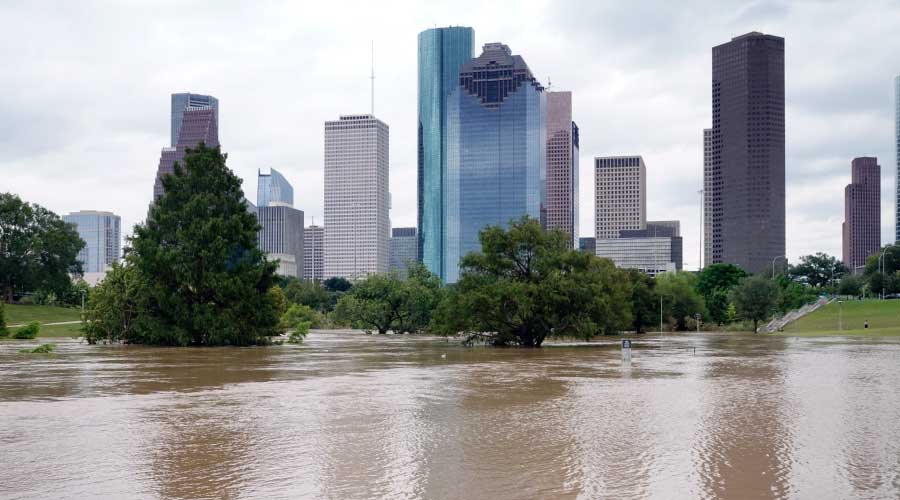Practice Emergency Plans so Occupants are Prepared
3. Practice the Plan
The best-laid plans will never do any good if facility occupants aren't aware of them. That's why it's absolutely necessary to have occupants practice them and learn them. "The hardest thing facility managers have to face is getting people to participate in drills," says Stein. She advocates having a surprise drill once a year. "If you announce a drill, you'll get probably 30 percent participation. That leads to two things: a false reading of how long it takes to get everyone out, and those people who opt out are going to be your worst nightmare in a real emergency."
Practicing a plan will also help identify problem areas, such as issues understanding the voice instructions of a mass notification system in a gymnasium, for example. "That's a common complaint," says Sem. "Either people can't hear instructions, they weren't near them, or the communication was muffled."
Making sure occupants understand instructions is key to making sure things go smoothly in an emergency. For instance, many K-12 schools used to use obscure codes over the PA system to indicate threats to teachers and staff, such as an unidentified person in the facility. However, obscure codes can be easily forgotten, especially in an emergency. Additionally, new hires or visitors to a building will not know the codes, making the communication useless or even counterproductive. Therefore, it's best to make directions and instructions direct: Here's what's happening, and here's what you have to do, says Sem.
SAFE HAVEN
Taking Shelter
One option that many facility managers — and occupants — don't consider is sheltering in place during an emergency incident. "What happens if you can't leave the building?" says Joan Stein, president and CEO of Accessibility Development Associates. "Sheltering in place is something most people don't think about."
There are many situations where it might be best for occupants to stay in a facility or even lock themselves in identified safe places such as restrooms or storage areas until the threat passes. "Sheltering in place can be used for an active shooter event or if there's a hazardous materials situation outside," says John Welling, chairman of NFPA pre-incident planning and chief of emergency services with Bristol Myers Squibb. "It can even be a situation as far-fetched as a bear on campus."
— Lacey Muszynski
|
Related Topics:













